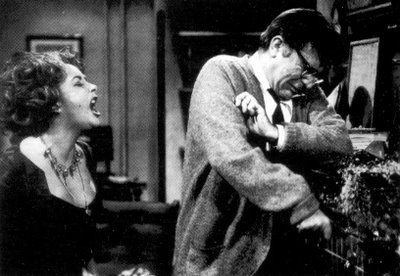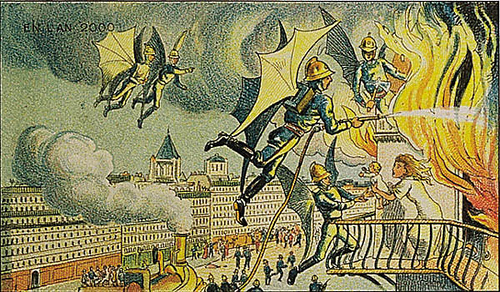Winona Ryder and Marc Jacobs replaying Taylor and Burton (2011). Image Source: Winona Ryder.org.
Caption for the above photograph: "You’re not man enough. You haven’t the guts.” Winona Ryder’s Elizabeth Taylor with Marc Jacobs’s Richard Burton. Harper’s Bazaar’s March issue features a stunning spread capturing iconic scenes from films directed by Mike Nichols, with stars including Marc Jacobs and Winona Ryder reenacting Who’s Afraid of Virginia Woolf?
Since Elizabeth Taylor sadly died on 23 March, several reports on her life have said that she was the last of the great cinematic stars. Tonight, commentators on CNN put it very well: she was the last of the big stars who were known to the public before the advent of television. After that, stardom was watered down during the television age.
Movie stars embody certain types of people and each new generation spawns look-alikes, Doppelgänger, who rise in their turn. It's a strange Wheel of Fortune that sees actors repeatedly transform into archetypes. I think this repeating pattern probably also happens in most human social settings outside Hollywood. Given the length of time that cinema has been around, some stars were the originals in this process - and everyone who comes after follows in their footsteps. The top photograph was featured in the March 2011 issue of Harper's Bazaar, but was taken and released prior to Elizabeth Taylor's death, which I blogged about here. But when you look at differences, you can see the gulf that exists between Taylor's heyday and our own. Another two photos are below the jump.




























